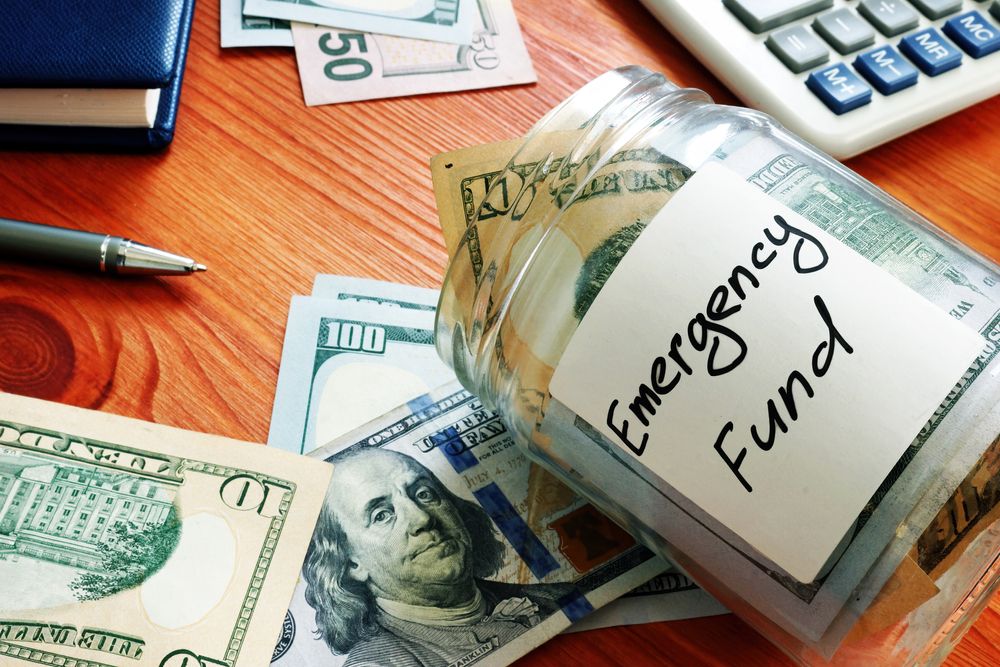
In the realm of financial planning, the concept of an emergency fund is frequently underscored as a cornerstone of personal finance. An emergency fund is a cash reserve specifically set aside to cover unexpected expenses or financial downturns, such as medical emergencies, job loss, or sudden repairs. Its primary purpose is to provide financial security and peace of mind, ensuring that individuals are not forced to incur debt when faced with unforeseen circumstances. This discussion delves into the significance of an emergency fund, how to determine its appropriate size, strategies for building it, tips for accumulating the fund over time, and advice on where to store these crucial savings for optimal benefit.
The Importance of an Emergency Fund
An emergency fund acts as a financial safety net, designed to absorb the shock of life’s unexpected events without derailing an individual’s long-term financial goals. Without such a fund, individuals may resort to high-interest credit cards, personal loans, or withdrawals from retirement accounts, which can lead to a cycle of debt and potential penalties. By having an emergency fund, one can cover these unforeseen costs without compromising their financial stability.
Moreover, an emergency fund can reduce stress and provide a sense of control over one’s financial life. Knowing that there is a buffer can make unexpected job loss or medical bills less daunting. It also prevents the need for drastic measures such as selling off investments at a loss or tapping into long-term savings, which might otherwise compromise financial growth and retirement plans.
Determining the Right Emergency Fund Size
The size of an emergency fund can vary depending on individual circumstances, such as lifestyle, job stability, and monthly expenses. Conventional wisdom suggests that an adequate emergency fund should cover three to six months’ worth of living expenses. However, this is not a one-size-fits-all rule. For instance, freelancers or those with irregular income might aim for a larger reserve—perhaps six to twelve months of expenses—due to the less predictable nature of their cash flow.
To determine the right size for an emergency fund, one must consider their fixed and variable expenses, the stability of their income, and their personal comfort level. Fixed expenses include mortgage or rent, insurance, and car payments, while variable expenses might encompass groceries, utilities, and discretionary spending. Assessing these costs will help establish a target amount that ensures adequate coverage in times of need.
Strategies to Build an Emergency Fund
Building an emergency fund requires a strategic approach, which often includes budgeting, cutting down on unnecessary expenses, and finding additional sources of income. Here are several strategies to consider:
- Set a Monthly Savings Goal: Determine a specific amount to set aside each month. Treat this like a recurring bill to ensure consistency.
- Automate Savings: Set up an automatic transfer from your checking to your savings account, timed with your paycheck, to remove the temptation to spend what should be saved.
- Reduce Expenses: Look for areas where you can cut back, such as dining out, subscription services, or luxury purchases, and redirect those funds into your emergency account.
- Increase Income: Consider a side hustle, freelance work, or overtime to boost your savings rate.
- Save Windfalls: Allocate unexpected funds, such as tax refunds, bonuses, or gifts, directly to your emergency fund.
- Review and Adjust: Regularly review your budget and adjust your savings goals as necessary, especially after a pay raise or a decrease in expenses.
Building Your Emergency Fund Over Time
The prospect of saving several months’ worth of living expenses can be daunting, especially for those just starting or with tight budgets. However, the key is to build the fund gradually. Begin with a smaller, more achievable target, such as $500 or $1,000, and then increase your goal as you meet each milestone. Even small contributions can accumulate over time, creating a substantial financial buffer.
Celebrating small victories along the way can also maintain motivation. Recognizing progress, no matter how incremental, reinforces the positive behavior of saving and keeps the momentum going.
Where to Keep Your Emergency Fund
The ideal location for an emergency fund is in a liquid and accessible account, but one that’s separate from your day-to-day banking to discourage unnecessary spending. High-yield savings accounts are a popular choice as they offer higher interest rates than traditional savings accounts while still providing immediate access to funds. Money market accounts and certificates of deposit (CDs) with short terms are also options, although they may offer less flexibility for withdrawal without penalty.
It’s crucial that the emergency fund remains in a low-risk account to ensure the principal is preserved. The focus should be on accessibility and safety rather than high returns, which are more appropriate for long-term investments.
An emergency fund is an indispensable tool in personal financial planning. It provides a buffer against life’s unpredictabilities and helps maintain financial stability during turbulent times. Determining the right size of an emergency fund is a personalized process that should account for individual living expenses and the stability of one’s income. Building this fund is a journey that requires discipline, strategy, and patience, and it should be kept in a safe, accessible place to serve its purpose effectively.
In essence, the peace of mind afforded by having an emergency fund cannot be overstated. It is not merely a pot of money but a foundation upon which a secure financial future is built. By understanding the importance of an emergency fund, setting a target, employing strategies to build it, and choosing the right place to keep it, individuals can ensure that they are well-prepared for whatever financial challenges may arise. This preparation is not just about weathering a storm—it is about having the confidence to pursue life’s goals, knowing that one’s financial well-being is protected.
